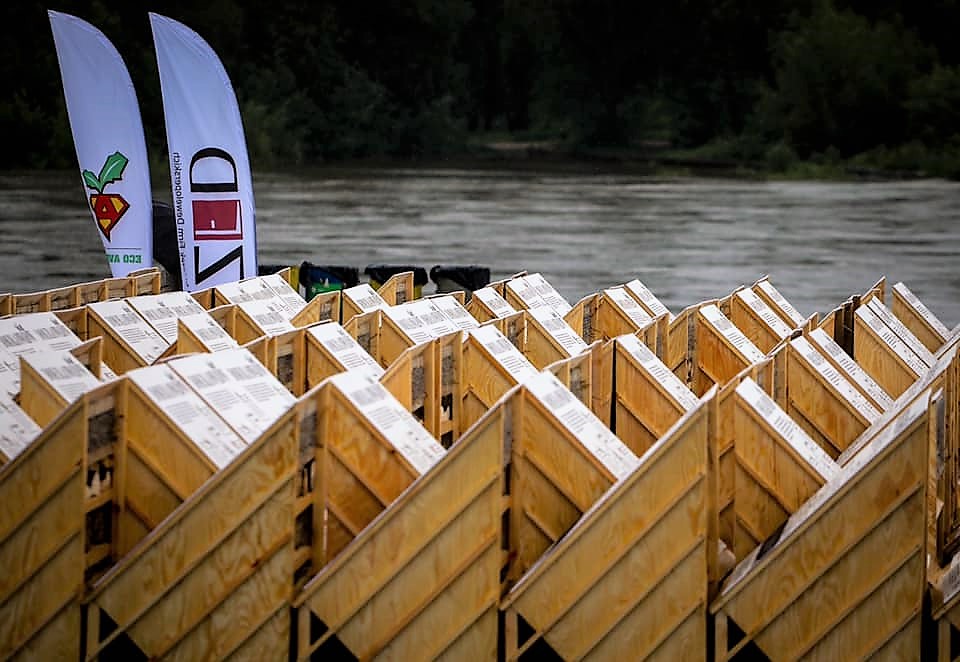The world’s largest “insect hotel” has been created in Warsaw, surpassing the current Guinness world record holder. The project was part of an effort to raise awareness about environmentally friendly building solutions.
On Saturday, which was the International Day for Biological Diversity, the Polish Association of Developers (PZFD), an industry group representing around 200 Polish companies, organised an educational event in Warsaw which featured the construction and measurement of the world’s largest shelter for insects.
The modular structure achieved a size of 89.37 cubic metres and was made up of smaller houses that were each 1.5m tall and 80cm deep. That made it larger than the current world record of 81.26 cubic metres, set by a school in St Helens in the UK last year.
“The aim is to remind developers to be more environmentally responsible, and to bring more nature into their buildings,” Konrad Płochocki, managing director at PZFD, told Notes from Poland.
The hotel, which was designed by a naturalist, etymologist and architect, can house a variety of different “beneficial” insects. “The structure is divided into drawers,” explained Płochocki, with each level filled with materials useful to different insect types.
Going down the floors, he listed the various prospective guests: solitary bees (which do not form nests, and so are harmless to humans), ladybirds, lacewings (which eat aphids), spiders (that feed on mosquitoes), lone wasps, earwigs and various detrivores.
The structure will now be dismantled into its 150 separate parts, which will be distributed among PZFD members to be placed in locations around the country, including parks in the cities of Wrocław, Poznań and Olsztyn.
PZFD has conducted a series of other education events in past months, including a clean-up of the Vistula river in Warsaw – where participants were given free equipment and kayaks to collect floating rubbish – and tree-planting drives.
These have aimed to raise awareness about various ecological solutions for real estate developers, such as installing solar panels, creating communal roof gardens, or simply by painting buildings white.
“As our climate has changed, today we use more energy to cool and ventilate buildings than we do for heating. White roofs mean that buildings heat up less in the summer,” explained Płochocki.
Other eco-friendly solutions include birdbaths and shelters for small urban mammals like hedgehogs. Płochocki notes that a number of compounds have put up navigation signs for public transport and cycling routes to encourage residents to use cars less.
In recent years, some cities in Poland have installed beehives on rooftops. Schemes creating urban apiaries aim to provide environmental benefits as well as honey for residents.
Main image credit: Polski Związek Firm Deweloperskich/Facebook

Maria Wilczek is deputy editor of Notes from Poland. She is a regular writer for The Times, The Economist and Al Jazeera English, and has also featured in Foreign Policy, Politico Europe, The Spectator and Gazeta Wyborcza.




















